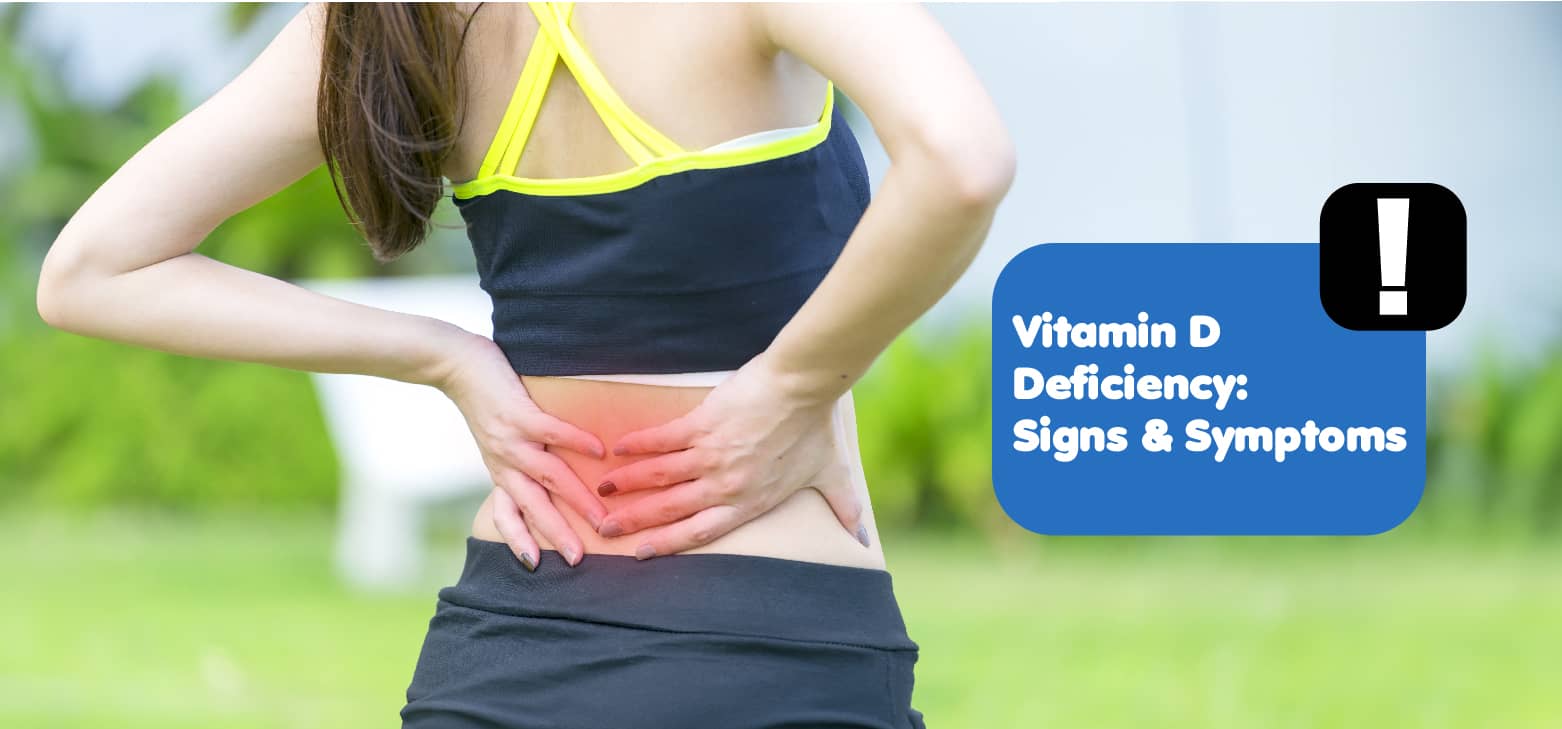What Are the Signs of Vitamin D Deficiency? Understanding Symptoms and How to Replenish Your Levels Naturally
Are Vitamin D3 and K2 Safe to Take Together?! Vitamin D, often called the “sunshine vitamin,” plays a pivotal role in supporting bone health, boosting immune function, regulating mood, and improving cardiovascular health. Despite its importance, vitamin D deficiency remains alarmingly common, especially in regions with limited sunlight or among individuals with certain dietary restrictions. In this comprehensive guide, we’ll dive deeper into the lesser-known signs of vitamin D deficiency, who is most at risk, how to test your levels, and what you can do to restore and maintain optimal levels naturally.
Vitamin D
Lesser-Known Symptoms of Vitamin D Deficiency
While fatigue, bone pain, and muscle weakness are widely recognized as classic signs of low vitamin D levels, many symptoms often go unnoticed or misattributed. Here’s a closer look at subtle signs you shouldn’t ignore:
1. Hair Thinning or Hair Loss
Vitamin D plays a role in the creation of new hair follicles. Low levels have been associated with alopecia areata, an autoimmune condition that causes severe hair loss. Even in individuals without autoimmune conditions, deficiency may contribute to hair thinning and slow hair regrowth.
2. Frequent Illness or Infections
Vitamin D modulates the immune system. Individuals with low levels often report recurrent colds, respiratory infections, or influenza. Supplementing with vitamin D has been shown to reduce the risk of acute respiratory infections, especially in those with already low levels.
3. Slow Wound Healing
One under-discussed symptom is delayed wound healing after surgery or injury. Vitamin D helps control inflammation and promote the production of compounds crucial for forming new skin during healing.
4. Chronic Fatigue or Tiredness
Even if you’re sleeping well, you may feel constantly tired. Studies show a link between low vitamin D levels and daytime sleepiness, low energy levels, and chronic fatigue syndrome.
High-Risk Groups for Vitamin D Deficiency
Not everyone has the same risk of developing a deficiency. The following groups are particularly susceptible:
- Older adults, as their skin synthesizes vitamin D less efficiently.
- People with darker skin, which contains more melanin, have a reduced skin’s ability to make vitamin D from sunlight.
- Individuals with limited sun exposure, such as those who work indoors or live in northern latitudes.
- Vegans and vegetarians, since most natural sources of vitamin D come from animal-based products.
- People with obesity or gastrointestinal disorders, like Crohn’s or celiac disease, can impair fat absorption and thus vitamin D uptake.
How to Check Your Vitamin D Levels
The only way to know for sure if you’re deficient is through a 25-hydroxy vitamin D blood test, often referred to as 25(OH)D. Here’s how the levels are generally interpreted:
- Deficient: Less than 20 ng/mL
- Insufficient: 20–30 ng/mL
- Sufficient: 30–50 ng/mL
- Optimal: 50–80 ng/mL (for people managing autoimmune or inflammatory conditions)
Talk to your healthcare provider about your symptoms. If you’re in a high-risk group, routine testing may be advisable.
Natural Ways to Increase Vitamin D Levels
While supplementation is an effective strategy, there are natural ways to boost your vitamin D without relying solely on pills:
1. Sunlight Exposure
Spending just 10–30 minutes in direct sunlight a few times a week can help your body synthesize enough vitamin D. Make sure your face, arms, and legs are exposed without sunscreen (though avoid sunburn).
2. Eat Vitamin D-Rich Foods
Incorporate more of the following into your diet:
- Fatty fish like salmon, mackerel, and sardines
- Cod liver oil
- Egg yolks
- Fortified foods like dairy, orange juice, and cereals
3. Consider High-Quality Vitamin D3 Supplements
If you can’t get enough from the sun or diet alone, a vitamin D3 supplement (cholecalciferol) is generally recommended over D2. Pair it with vitamin K2 for better calcium metabolism and absorption.
4. Use UV Lamps or Light Therapy
For individuals living in places with long winters or minimal sun exposure, UVB lamps can be a practical alternative to maintain adequate levels.
Why Vitamin D3 + K2 is a Smart Combo
Many experts recommend taking vitamin D3 with vitamin K2. While D3 helps your body absorb calcium, K2 ensures that the calcium ends up in your bones, not your arteries. This combination:
- Enhances bone mineral density
- Prevents arterial calcification
- Supports cardiovascular health
Look for D3 supplements that include K2 (as MK-7) for maximum benefit, especially if you’re taking calcium or magnesium.
Potential Long-Term Risks of Ignoring Vitamin D Deficiency
Chronic low levels of vitamin D can contribute to serious health conditions over time, including:
- Osteoporosis and fractures
- Cardiovascular diseases
- Autoimmune diseases like MS or rheumatoid arthritis
- Type 2 diabetes
- Cognitive decline and depression
By addressing vitamin D deficiency early, you not only reduce your risk for these conditions but also improve your overall energy, immunity, and mood.
Final Thoughts: Take Action on Vitamin D Today
Understanding the signs and symptoms of vitamin D deficiency is the first step toward protecting your long-term health. Whether you’re experiencing fatigue, muscle pain, low immunity, or mood changes, checking your vitamin D levels could be the missing link. From sun exposure and diet to high-quality supplements, there are numerous strategies to bring your levels back to optimal.
Always consult with a healthcare provider before starting supplementation, especially if you’re already on medications or have preexisting conditions.
- Early signs of vitamin D deficiency in adults
- Are Vitamin D3 and K2 Safe to Take Together
- How to know if you’re low in vitamin D
- Best supplements for vitamin D deficiency
- Natural ways to boost vitamin D levels
- Foods high in vitamin D for vegetarians
- Symptoms of low vitamin D in women
- Vitamin D deficiency and fatigue recovery
- Vitamin D3 vs D2 for deficiency treatment
- Can low vitamin D cause hair loss?
- Immune system and vitamin D connection
- Vitamin D and depression link
- Safe sun exposure for vitamin D production
- Testing vitamin D levels at home
- Benefits of taking vitamin D with K2
- Best time to take vitamin D for absorption
- Are Vitamin D3 and K2 Safe to Take Together?




